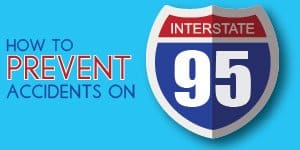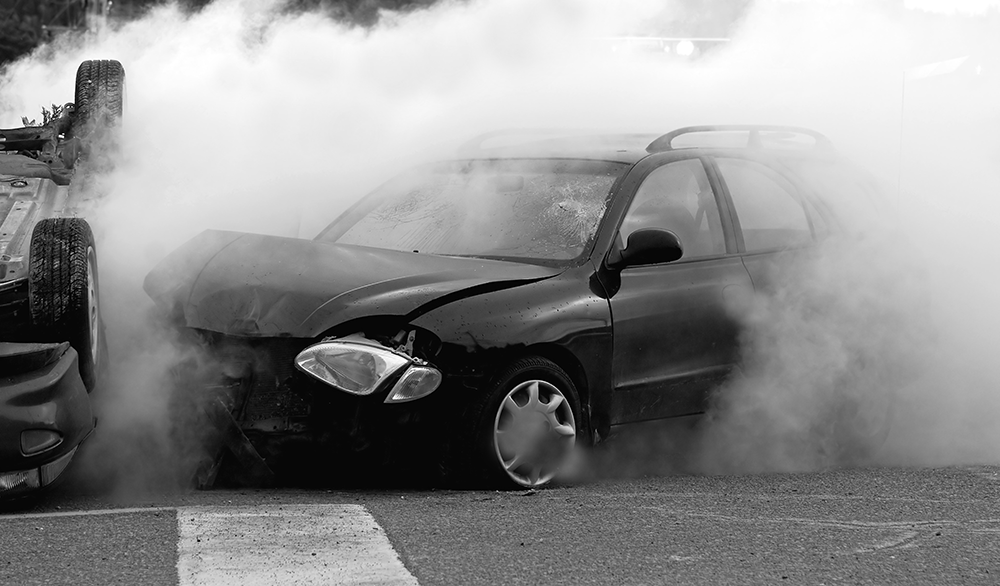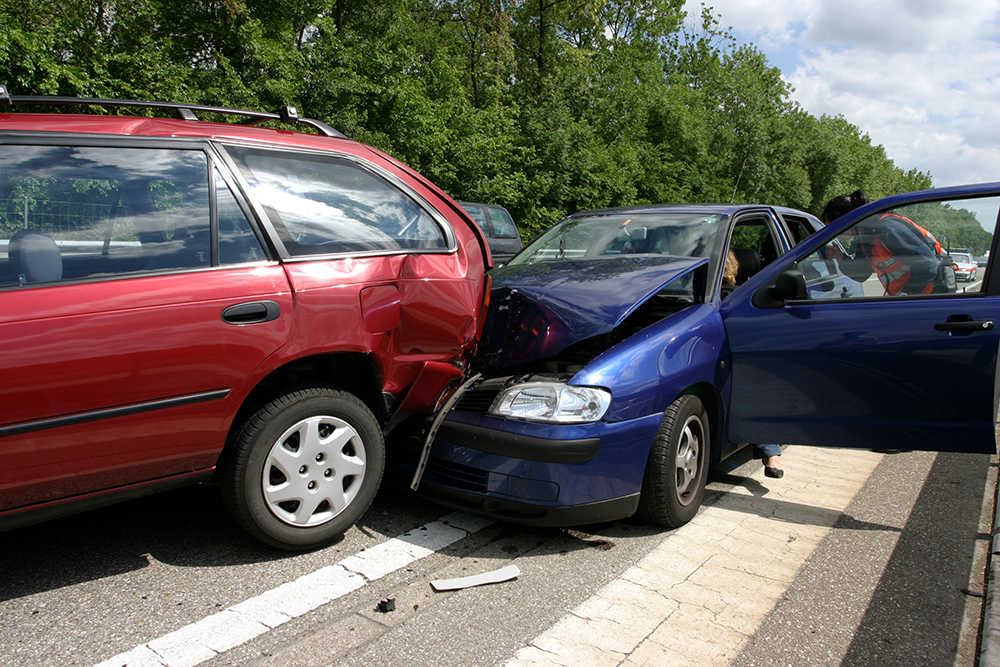Whether it’s being stuck in traffic or getting annoyed at the drivers around you, I-95 has become a well-known source of aggravation for almost every driver along Florida’s east coast. However, data released by the National Highway Traffic Safety Administration in 2017 reveals there’s more to talk about than just our frustration.

That data is enough to make someone swear off I-95 for good, but for most of us, that’s not a realistic option. Whether we’re driving to work, meeting a friend, or going to the beach, I-95 is the quickest, and most convenient way for many drivers to get where they need to be.
So how can you keep yourself and your loved ones safe? Here are some helpful tips to prevent an accident on I-95.
Make sure your car is well maintained and in good working condition.
If you see your check engine light turn on, be sure to take it to a mechanic for repairs as soon as possible. Keeping your windows and side-view mirrors clean ensures your view of the road and other drivers won’t be obstructed or diminished while driving. Maintaining factory recommended tire pressure could help prevent blowouts and flat tires, which could cause you to lose control of your vehicle, so you should pay attention to the tire pressure light on your dashboard as well. If you take care of your car, the likelihood of a crash due to mechanical failure or obstructed vision drops significantly.
Respect the posted speed limits, and maintain a safe follow distance.
It’s easy to forget the importance of speed limits when we’re late to a meeting or in a rush to get somewhere, but we have to remember one of the basic laws of motion. In regard to cars: the faster a car is moving, the longer it will take to stop. When you’re driving, seconds can mean the difference between an accident and a near-accident, and if you’re speeding, you have fewer seconds at your disposal. If you respect the posted speed limits, and leave two or more car lengths between yourself and the car in front of you, you’re less likely to crash should you need to brake suddenly.
Be aware of all the cars around you, not just the one directly in front of you.
Watching the car in two cars ahead can give you an indication of what the car directly in front of you is going to do. If you see brake lights on a car a few cars ahead of you, you have the opportunity to begin braking sooner than if you wait until the car directly in front of you begins to brake. As mentioned above, the longer you have to brake, the less likely you are to get into an accident.
Use extra caution in hazardous weather, and turn on your headlights when it’s raining.
This is especially important in Florida, where weather frequently shifts suddenly from sunshine to rain, and back again. When it’s raining, Florida law dictates drivers must turn on their headlights to improve visibility. It’s also a good idea to drive slightly slower than the speed limit, as visibility is diminished in rainy weather and cars need more time to stop when roads become wet. However, it’s important to know that you shouldn’t turn on your hazard lights unless you’ve pulled off to the side of the road and are in need of assistance. Although Florida drivers frequently turn on their hazard lights in severe rain, it’s illegal to do so.
Don’t talk on your cell phone, text, e-mail, or use your GPS while your car is in motion.
In data released by the CDC in 2017, over three thousand people were killed, and over 420 thousand more were injured, during 2012 in accidents involving a distracted driver. The prevalence of distracted driving has become so dangerous that many states, including Florida, have enacted laws banning certain activities, such as texting, while driving. We all know drunk driving is illegal, dangerous, and often times fatal, but statistics have shown that texting while driving is six times more likely to cause an accident than driving under the influence. This danger also extends to e-mail and operating a GPS. The next time you’re tempted to pick up your phone and send a quick response, or even just read a text you’ve received, remember that in that moment you’re six times more dangerous than a drunk driver. No text is worth that risk. If it absolutely can’t wait, pull off the road and park before picking up your phone.
Indicate when switching lanes and exiting.
One of the most dangerous parts of driving on a highway is changing lanes. This includes entering the highway, switching lanes to pass a car, merging lanes, and exiting the highway. It’s important to remember that the cars around you won’t know what you’re planning unless you use your turn signals to indicate you’re going to switch lanes. Letting the cars around you know what you’re planning is enough to greatly reduce your risk of an accident, and making sure to check your mirrors and your blind spots before changing lanes reduces that risk even more. If your exit is rapidly approaching and you’re worried you might miss it, don’t stress, and don’t try changing lanes quickly and erratically to get into the exit lane. Simply take the next exit, and then turn onto the on ramp to re-enter the highway going the opposite direction. You’ll be able to get back to the correct exit, and with the frequency of exits on most parts of the Florida section of I-95, it shouldn’t add more than five minutes to your travel time.
Driving is always risky, especially on the Florida segment of I-95, but if you follow these tips you should be able to avoid an accident and have a safe driving experience. If you or a loved one because injured due to an accident on I95 contact our offices today at Shiner Law Group and speak with a car accident lawyer to discuss your case.
In the event of an emergency or accident, call 9-1-1.


